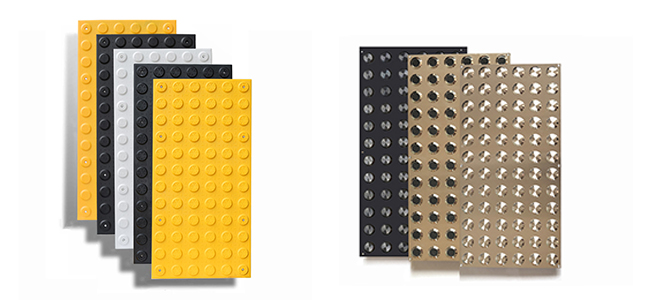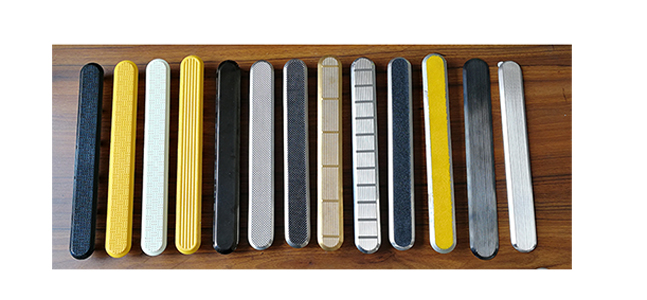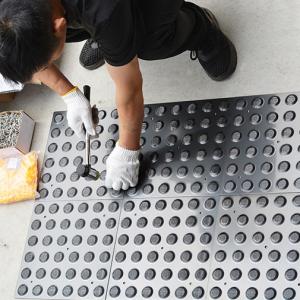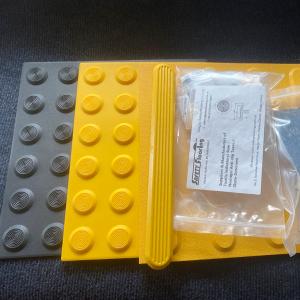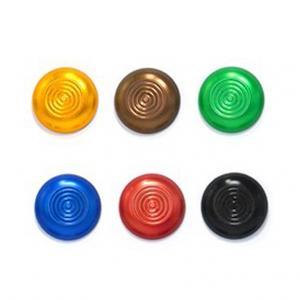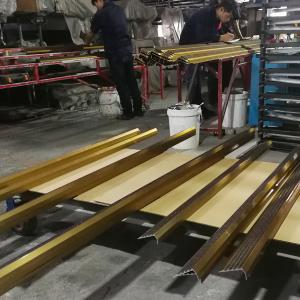What is a tactile indicator?
Tactile Indicator(also known as tactile paving, detectable warning surfaces, or truncated domes) is a system of textured ground surfaces designed to assist visually impaired individuals in navigating public spaces safely. These indicators provide physical cues through touch (via feet, canes, or wheelchair wheels) to signal hazards, directional guidance, or changes in environment.
Key Features & Types
1. Attention (Warning) Indicators
- Pattern: Raised domes or truncated cones.
- Purpose: Alerts users to potential hazards (e.g., platform edges, stairs, pedestrian crossings).
- Common Locations: Train platforms, escalator endpoints, curb ramps.
Fibreglass/316L Stainless Steel Tactile Warning Integrated 300×600mm
2. Directional Indicators
- Pattern: Raised linear bars or grooves.
- Purpose: Guides movement along a safe path (e.g., through stations, sidewalks, or building entrances).
- Common Locations: Pathways, transit hubs, public buildings.
Polyurethane& 316L Stainless Steel Directional Indicators
Materials & Installation
Materials: Stainless steel, polymer, rubber, cast iron, or concrete.
Installation Surface: mounted (adhered) or embedded into sidewalks/pavement.
Color Contrast: Often bright yellow or another high-contrast color to aid low-vision users.
Applications
Public Transport: Train platforms, bus stops.
Pedestrian Crossings: Curb ramps, crosswalk edges.
Stairs/Elevators: Top/bottom of stairs, elevator entrances.
Public Buildings: Hospitals, schools, airports.
Standards & Compliance
ADA (Americans with Disabilities Act): Mandates tactile indicators in the U.S. for curb ramps and transit platforms.
ISO (International Organization for Standardization): Global guidelines for tactile paving design.
Country-Specific Regulations: Japan (originators of tactile paving), UK, Australia, and others have localized standards.
Benefits
Enhances safety and independence for visually impaired individuals.
Reduces accidents near vehicular traffic or drop-offs.
Meets accessibility laws and inclusivity goals.
Design Considerations
Slip Resistance: Critical for wet or icy conditions.
Durability: Must withstand heavy foot traffic and weather.
Consistency: Standardized patterns ensure universal recognition.
Tactile indicators are a cornerstone of inclusive urban design, ensuring public spaces are accessible to all.
 English
English Chinese
Chinese